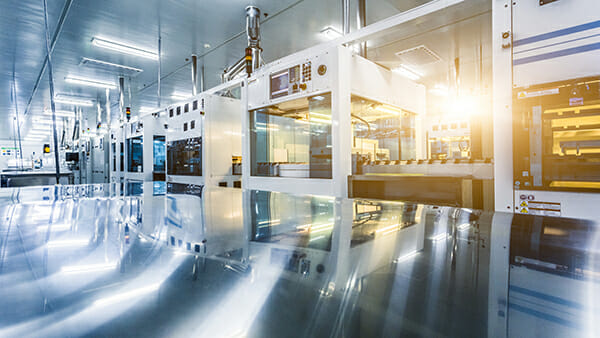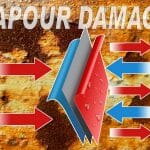Cable management and protection within industrial applications covers many different facets ranging from the humble cable tie, through to sophisticated cable entry products, drag chain systems and conduits that can withstand the extremes of temperatures.
These products and systems often play a key role in ensuring the highest levels of reliability and productivity in machines and automated manufacturing systems. This can only be achieved however if consideration is given to specifying high quality and appropriate products at the design stage.
In this article, Martin Buttkereit of Cheshire based M. Buttkereit Limited, offers advice on how to avoid potential problems, by thinking carefully about the specific application requirements when selecting cable management and protection products.
For engineers and designers working on new machine concepts, cable handling and management is just one aspect that needs to be considered. On occasions, what may seem one of the more straightforward parts of the project can actually turn out to be the difference between success and failure.
Carefully planned routing, management and protection of cables within industrial control systems and machines, will play a key role in achieving the reliability and high uptimes demanded in manufacturing environments today.
One of the main influences that affects cabling within industrial systems is the working environment. Cables may need protection against multiple factors including heat, liquids, swarf and abrasion.
For cable routing into control cabinets, a careful review of the IP rating required will avoid unnecessary downtime resulting from ingress during use. Another consideration here is whether pre-terminated cables will be used, and selecting a cable entry system which uses split frames and inserts will allow these cables to be safely routed without having to remove and re-assemble connectors. This also has the additional benefit of maintaining the original cable warranty and significantly reducing the time required for maintenance or exchanging cables in-situ.
For applications where movement is required, retaining or enclosing the cables within a suitable drag chain will eliminate stresses on the cables, whist providing a physical barrier from adverse influences. With these systems available in plastic or metal and open or closed configurations, there is a solution for every application, including very large or long travel applications. In instances where hot swarf or chips are present, an enclosed steel cable chain will provide the ultimate protection and deliver long service life.
Cable conduits are available in a multitude of different configurations and offer excellent protection in many different applications and environments. Available in metal or plastic they are food safe, liquid tight, resistant to solvents and UV light and can even be supplied coated with silicone for added protection. The wide temperature range that this type of product can withstand, -60OC to + 300OC, and IP ratings up to IP69 K available, mean that cables will have the highest levels of protection even in some of the most hostile environments. These products are also suitable for use in medical or clinical environments, meeting the strict hygiene requirements and can be easily sterilised.
It is also important to make sure that the less complex products such as those used to provide strain relief or EMC protection are not overlooked. Integrating these products during the panel build stage will be simpler and less time consuming that realising that they are required once the panel is complete and perhaps even on site and in production. It is also important that any cable clamps and trunking used is of a standard that will not jeopardise operational performance or safety. The maximum service temperature of trunking should be checked and it is also essential that it has past glow fire testing and does not propagate flame. For cable clamps, they should all be short circuit tested, capable of operating in a wide temperature range, typically from -40OC to +1,200OC, and also capable of accommodating individual cable loads, typically 600amp.
Within today’s state of the art machines and systems cables transmit power, control signals and data. It is essential therefore that the products used to locate, guide and protect them are capable of meeting the demands of modern manufacturing. Martin Buttkereit will be happy to provide advice on product specifications and selection for specific applications.
For further information, please contact:
Telephone 0161 969 5418
E-Mail info@buttkereit.co.uk








